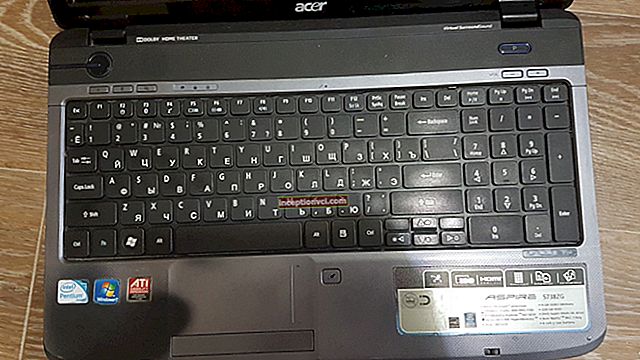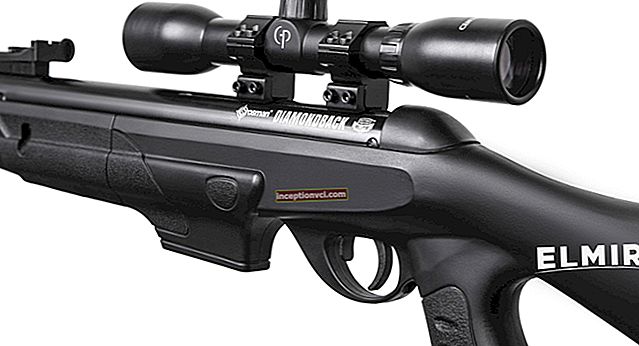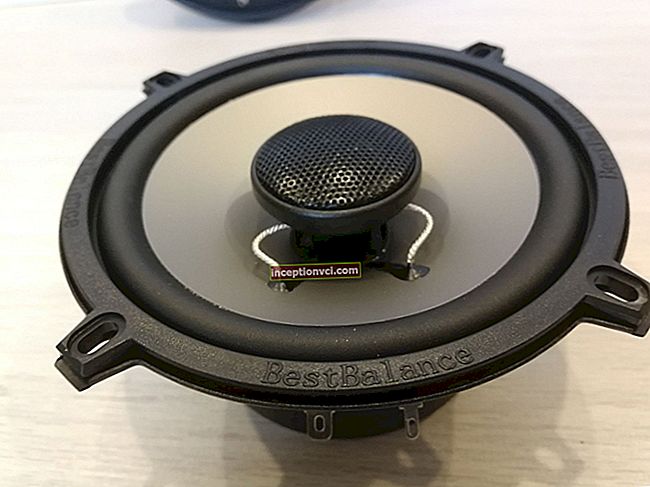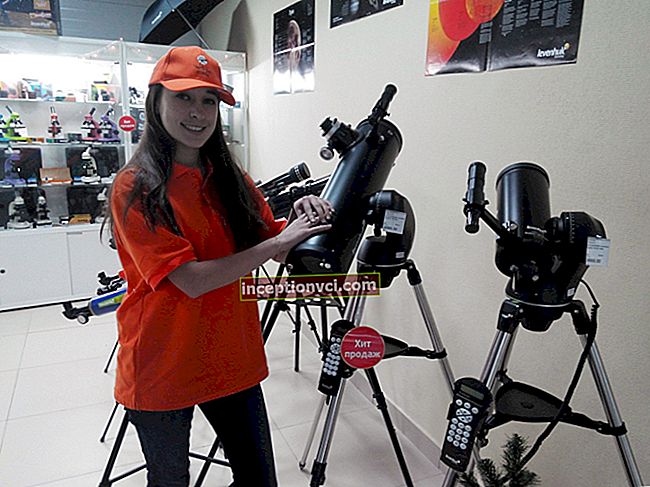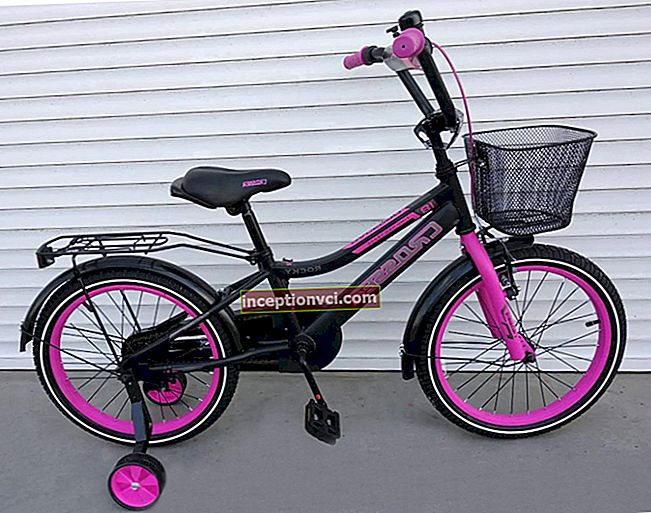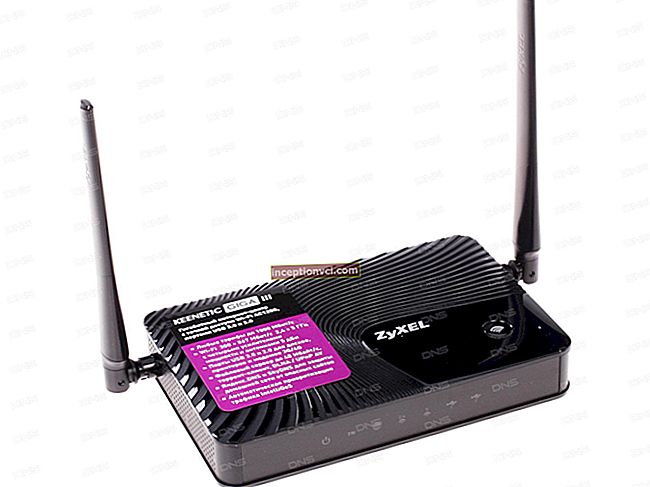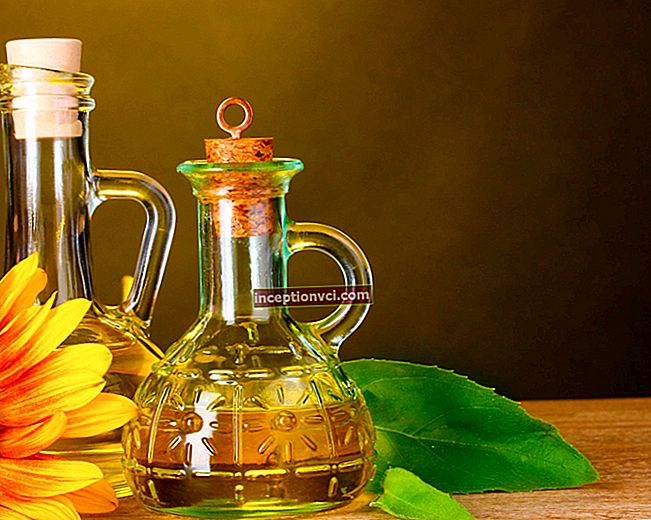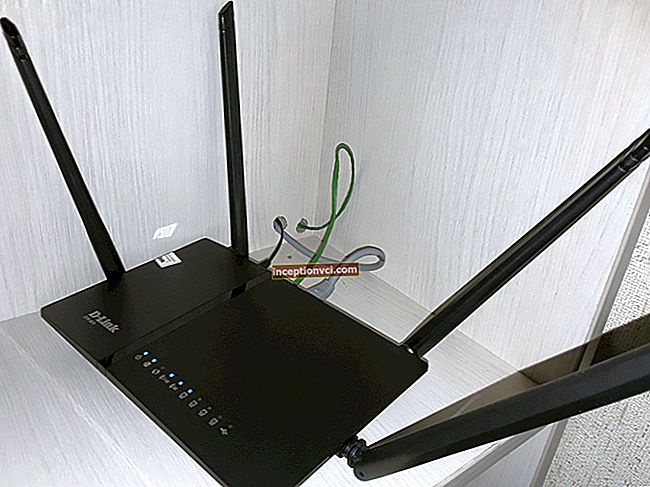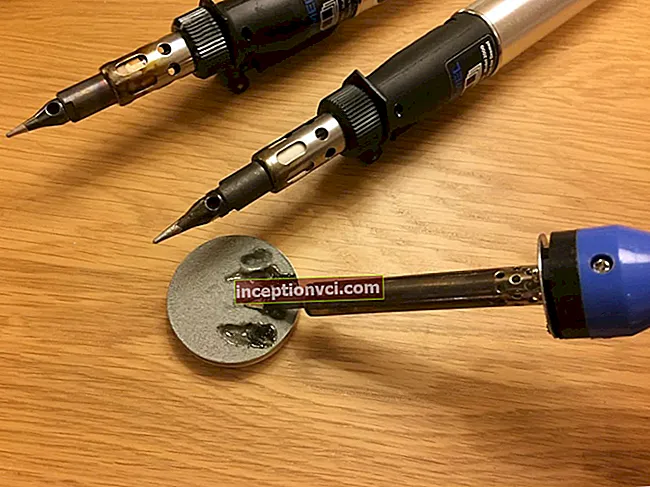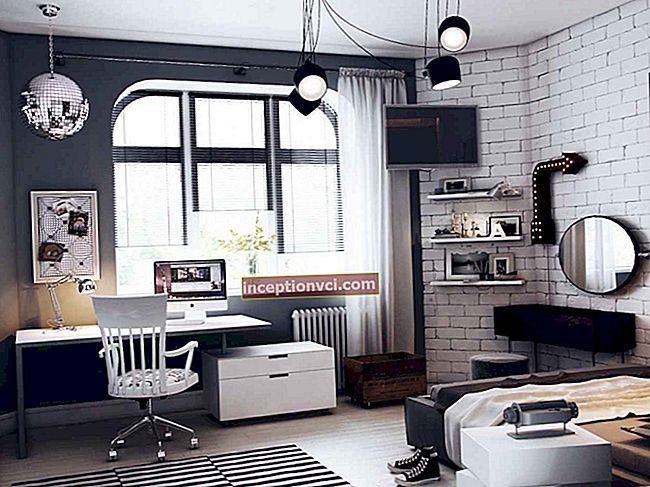The main means of expressiveness in the work of a photographer is light. Therefore, every photographer understands that light is the main tool in creating a good photograph, thereby dictating the author's accents in his work, interpreting the images of the model and the object with which he works. This review presents a classification of studio lighting schemes.
All sources of studio lighting have their own name and purpose, depending on where they are located within the studio, as well as on the strength of the impact on the subject. There are two basic rules to follow when working with light. The first is that all light sources must be installed separately. And the second is that it is necessary to control the lighting using the camera's viewfinder.

Painting light
In a studio setting, the key light is the main and powerful light source that creates hard shadows using a reflector with flaps and soft shadows using diffusers, softboxes, umbrellas, reflectors. The site presents an excellent set of Mircopro 405, which includes: a reflector, a mesh with honeycombs, 4-blade curtains for a reflector and a Beauty Dish for portrait photography.

The key light source is located in the near sector in front of the subject of photography, and is located above the axis of the lens. The main task facing the painting light is to illuminate the main elements, to emphasize the shapes and volumes of the photographed object. All other light sources cannot compete with it, since they perform only complementary functions. In the activities of photographers, there are situations when the sources of the key light are located below the optical axis of the lens; in such situations, it should be included in the frame. An example of this would be a candle or any other luminous object in the hands of a model.
Despite the fact that the key light is the main one, it has a number of disadvantages associated with using only it as the only light source. These disadvantages include a drop in the flux of light, which in turn does not allow the background to be illuminated properly and leaves it contrasting. With a given light source, the background as an element of the composition does not balance it. Also, the illumination of the subject or model remains partial, illuminating only the side that the model or subject is facing towards the light source. Using a key light brings a character or subject to the fore, leaving it in the viewer's field of view.
Fill light
This type of light is also called leveling light. It is designed to soften shadows evenly. When setting the fill light, be careful not to let additional shadows fall into the frame. The use of fill light illuminates the entire shooting area with soft light, but it does not serve the artistic purpose.
Modeling light
The elements of this lighting are located along the axis of the key light and are located on the side opposite to the subject. It is aimed directly at the object. Modeling light helps to separate the model from the background, without having texture and clarity. This fact makes it non-competitive with key lighting. In the case when this type of light is installed incorrectly, the color palette is disturbed and leads to excessive brightness, and the light falling on the front lens reduces the contrast and leads to glare. For those photographers who do not understand the basic principles of modeling light, you should stop using it.

Background light
Its name speaks for itself, and it is set in front of the background for full lighting. The use of background light makes the background as smooth as possible, without drops and creates tonal balance. In order to achieve sufficient background blur in the end result, it is necessary to balance the distance between the model and the background. In the case when a single light source directed along the background is used, the effect of light transition from dark to light is obtained.
Back light
This light is used away from the model and glides towards the lens. Its use helps to reveal textures, create glare. One of the features of the backlight is its approach to monochrome gamut.
Backlight
This lighting allows you to create a light outline along the contour of the model, helps to emphasize the volumes. The disadvantage of counter-entourage light is that it reveals pimples, hairs and draws all the smallest details. You should be careful with its use so that unnecessary details do not get into the frame.
It is not necessary to use all types of lighting at the same time. When all the elements of your studio's lighting scheme are installed, you need to check the overall lighting design.
Light quality
The properties of light sources that affect the perception of images include composition, brightness, contrast-softness, and hardness-diffusion.
Brightness can be defined as a competent placement of light accents.
More difficult is rigidity-absent-mindedness. Everything here depends on what kind of light source is used. Light has a direction illuminating the model at a certain angle, revealing textures, drawing volume. In those cases when the photographer wants to avoid bright texture and active light pattern, he uses diffusers that work both for transmission and reflection. These diffusers are presented as reflectors.


Contrast-softness. Contrast is the difference in lighting between the hotel parts of the object. Studio lighting has a higher contrast than non-specialized room lighting. This is achieved due to a decrease in the power of the light flux (a decrease in the light flux by 2 times provokes a loss of light by 4 times).
Illuminators
The main types of illuminators are pulsed flashes and halogen lamps.
Pulse flashes have a powerful luminous flux, which are easy to use. They are ideal for shooting. These flashes remain stable if reshooting is necessary. Modeling lamps allow preliminary assessment of the light pattern and the color temperature remains the same as daylight.
The disadvantage of flash lamps is the lack of the possibility of using the diaphragm as an attribute of creativity. Their aperture is high to prevent blurring of the background.
Incandescent lamps are used in halogen light sources. They have high heat dissipation, the luminous flux is not very high and the energy consumption is high. Lamps provide an opportunity to appreciate the light pattern on the subject and use the aperture creatively.
Exposure metering
Exposure metering in the studio is carried out using an external exposure meter or flash meter. In this case, the camera must be in the manual program mode. The exposure is measured before each shooting.
Falcon Eyes 900Ws (DE-900B) can be used as a key light source in the studio.

For fill, backlight and other studio lighting, you can use models such as the Falcon SS-150B.


